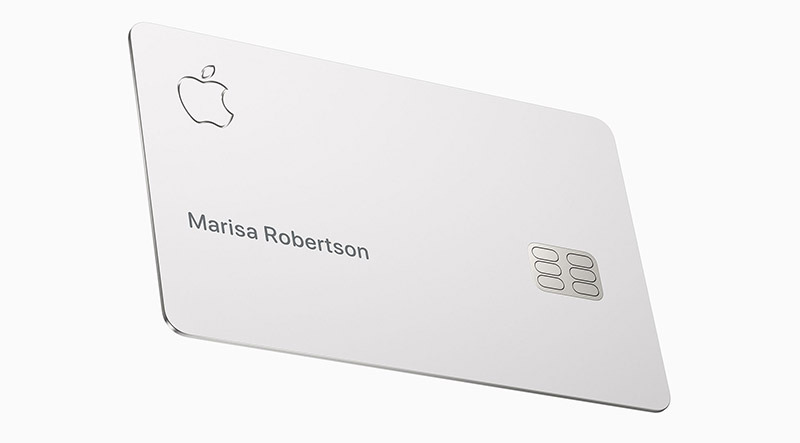Apple Card: no multi-user support, no penalty rates, foreign transactions, more
While Apple News+ and Apple TV+ were the focus of Monday's "It's show time" event, Apple's first foray into the credit industry — Apple Card — arguably stole the show. Apple painted the product in broad strokes on stage and in its promotional material, but with a dearth of details, questions about the upcoming service remain.
TechCrunch's Matthew Panzarino addressed a few lingering questions and offered additional information on Apple Card's particulars in a report on Thursday.
Perhaps most interesting are specifics regarding general usability. For example, Apple Card does not support multiple users or shared cards, meaning cards are, at least at launch, designed to be used by only one person. Further, while foreign purchases do not incur a transaction fee, Mastercard determines the exchange rate.
Apple said Apple Card offers "lower rates" — specifically variable APRs ranging from 13.24 to 24.24 percent — based on credit history, but failed to specify how customers would fall into the rate spectrum. According to Panzarino, Apple will place users at the lower end of their respective rate tier, meaning users might save a few points.
As promised by Apple, Apple Card comes with no fees or penalties. This includes penalty rates for failure to pay off a balance on time. It should be noted that while Apple and Goldman Sachs do not charge fees or bump rates due to late payments, such action will negatively impact a user's credit score.
Security is obviously a main selling point, and to that end Apple is presenting a slew of features and capabilities unique to its platform. The card itself lacks any identifying markings, including a card number or traditional CVV. As can be expected, the physical card does have a number encoded into its magnetic stripe, but users will not have access to that information. Instead, the corresponding virtual card in the Wallet app only displays the last four digits of a user's personal account number.
When making purchases that require recitation of a card number, the app generates a virtual number and CVV. This process can be repeated manually if a user so chooses.
In addition, Goldman Sachs is disallowed from using customer data for external or internal advertising purposes, though the bank does need a slice of that information for internal reporting.
Finally, the physical card is activated through what appears to be an NFC tag that interacts with iPhone. That does not mean, however, that a physical Apple Card is compatible with touchless payments systems; the titanium card features a typical chip and mag stripe. Users who misplace their card can request a replacement for free.
Apple Card is slated to debut in the U.S. sometime this summer, with an international launch to follow.
 Mikey Campbell
Mikey Campbell











 Andrew Orr
Andrew Orr
 Wesley Hilliard
Wesley Hilliard
 Amber Neely
Amber Neely

 William Gallagher
William Gallagher

 Malcolm Owen
Malcolm Owen








